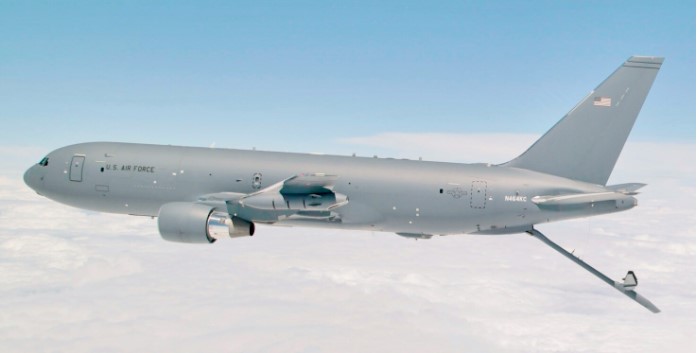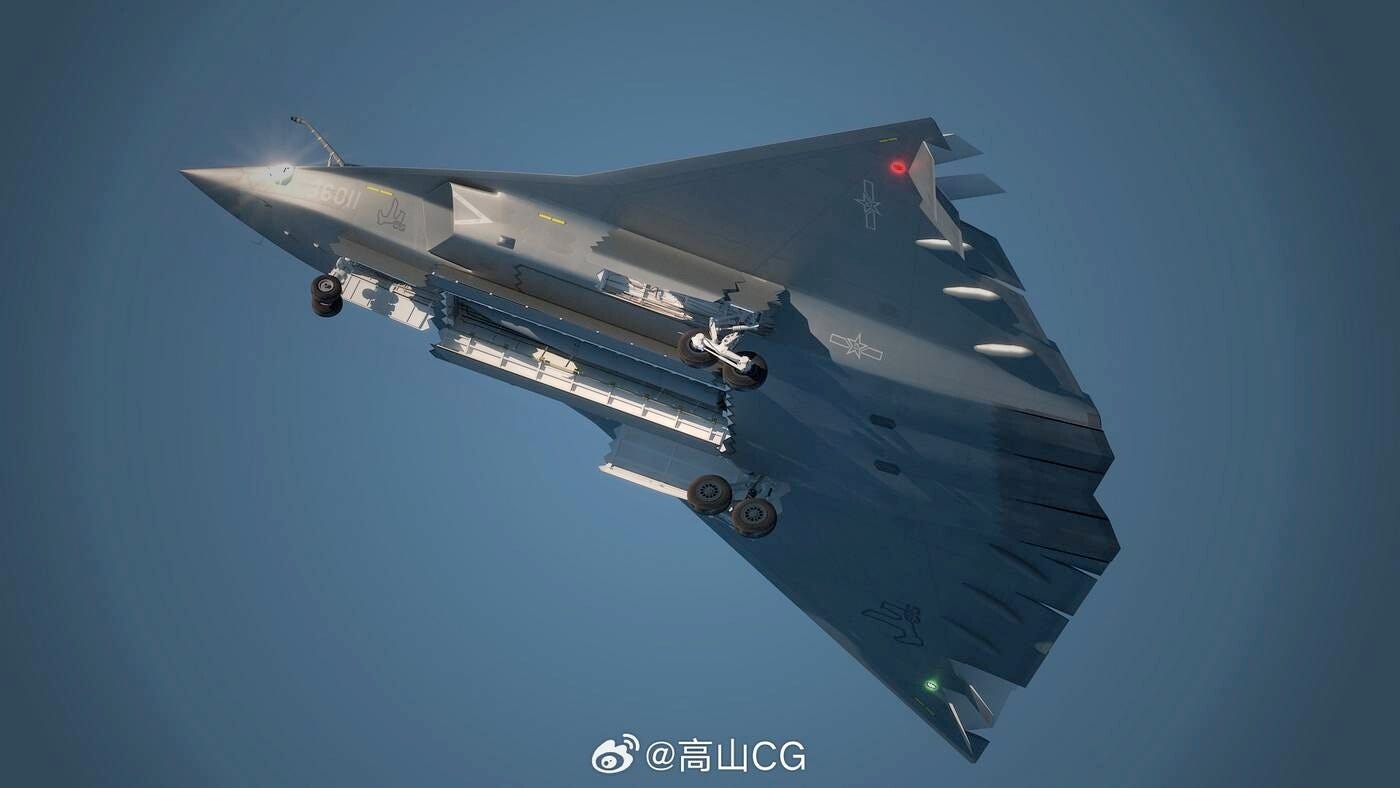Europeans need to develop their own defense systems more efficiently, and US companies can no longer rely on ready markets from allies to offset their development costs. The geopolitical landscape is shifting beneath our feet, and the West’s technological edge is eroding faster than many realize.
Unlike many doom and gloom articles, this one explains how you can make a difference. Read on to find out more.
AI and Aerospace: Can the West Compete with China’s Rapid Advancements?
Recently, China unveiled a 6th generation fighter jet to the world. Let that sink in for a moment. We don’t even have a 6th generation plane on the drawing board, and China is already moving toward validation with probable service entry in just 5-6 years.
The pace of innovation in China is nothing short of breathtaking. Consider these mind-blowing statistics: China now has more motorways and highways than the rest of the world combined. It has more high-speed rail than the rest of the world combined. It became the biggest car manufacturer almost overnight. Modern buildings that take years to complete in the West can be constructed in China in weeks, sometimes even days.
Their aerospace sector is no different. While we debate requirements and specifications for years, they’re building and testing. While we struggle with supply chains and bureaucracy, they’re innovating and deploying.
AI and Aerospace: How Russia’s Military Tech Is Evolving Faster
Meanwhile, Russia has been steadily advancing its electronic warfare capabilities, developing new avionics, and expanding its production capacity. While the West maintains advantages in AWACS and satellite technology, we’ve likely fallen behind in drone technology as well.
The bottom line is stark: Russia has gone from the dustbin to peer power status again in the European theater. Our much-vaunted “wonder weapons” have done little to stop Russia’s progress. They’ve now demonstrated Oreshnik—a new class of weapon that we have little to counteract except tactical nuclear options, which is clearly not a preferable response.
AI and Aerospace: Breaking Bureaucracy to Speed Up Defense Innovation
The problem isn’t that we lack technology, ability, or capacity. It’s that we’ve grown accustomed to doing things a certain way—a way that’s become increasingly inefficient and cumbersome.
Over time, well-intentioned people “improve” systems by adding initiatives or processes to solve specific problems. Each addition seems logical in isolation, but cumulatively, they create a bureaucratic burden that slows everything down. This complexity grows until no one fully understands the system anymore, leading to costly failures.
The F-22 Raptor illustrates this developmental sluggishness perfectly. The project was initially started in 1981 but didn’t reach operational status until the early 2000s. By the time it became operational, the Soviet Union—the very adversary it was designed to counter—had collapsed.
Now, as “The USAF wants to retire the F-22 Raptor beginning around 2030 mainly due to two reasons: the F-22’s high operating costs, and the F-22’s obsolescence in a number of areas, with the latter being the primary reason,” says Dario Leone of The Aviation Geek Club.
The situation continues to worsen. The former CEO of Lockheed Martin jokes, “In the future, the Air Force will consist of a single extremely expensive aircraft. This aircraft will have to be shared between the Air Force and Navy, with each service getting to fly it on alternating days—except in leap years, when it will be handed over to the Marines.”
There’s uncomfortable truth in this humor. The entire production process for military aircraft has become prohibitively expensive and time-consuming. While aviation naturally demands caution and precision, our current approaches have gone beyond reasonable diligence into paralyzing perfectionism.
AI and Aerospace: How Slow Innovation Is Costing the West Billions
The financial implications are staggering. Consider Boeing’s KC-46 tanker program. It was supposed to be a “low risk” bid, but “Nearly 13 years later, Boeing has absorbed $7 billion in cost overruns, far more than the contract value of $4.9 billion,” according to Stephen Losey of Defense News.
This pattern repeats across the industry. The F-35 program’s costs have ballooned to over $1.7 trillion across its lifetime. The B-21 Raider bomber program, while managed better, is still years behind what China or Russia could achieve with similar resources.
AI and Aerospace: The Key to Faster, Smarter Defense Development
There is good news, however. Aerospace and defense companies have accumulated vast knowledge about their development programs. This institutional knowledge, properly leveraged with AI, could dramatically accelerate program delivery, especially in the crucial initial phases where requirements planning often experiences significant churn.




















